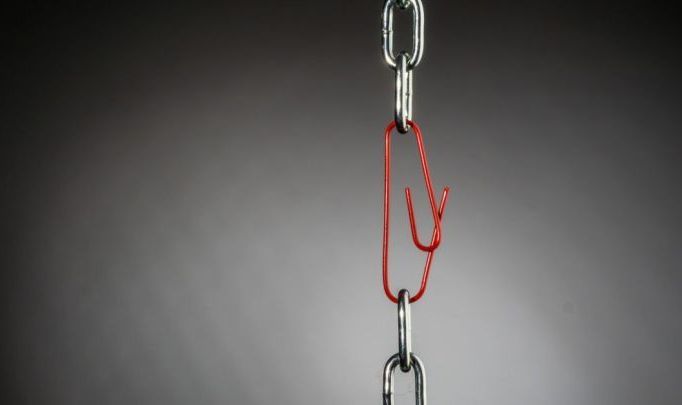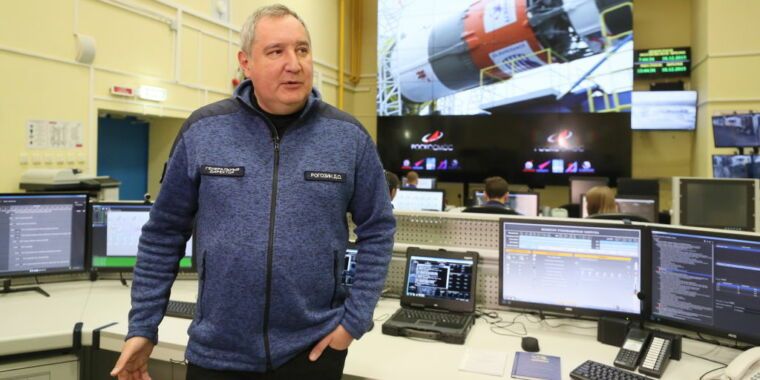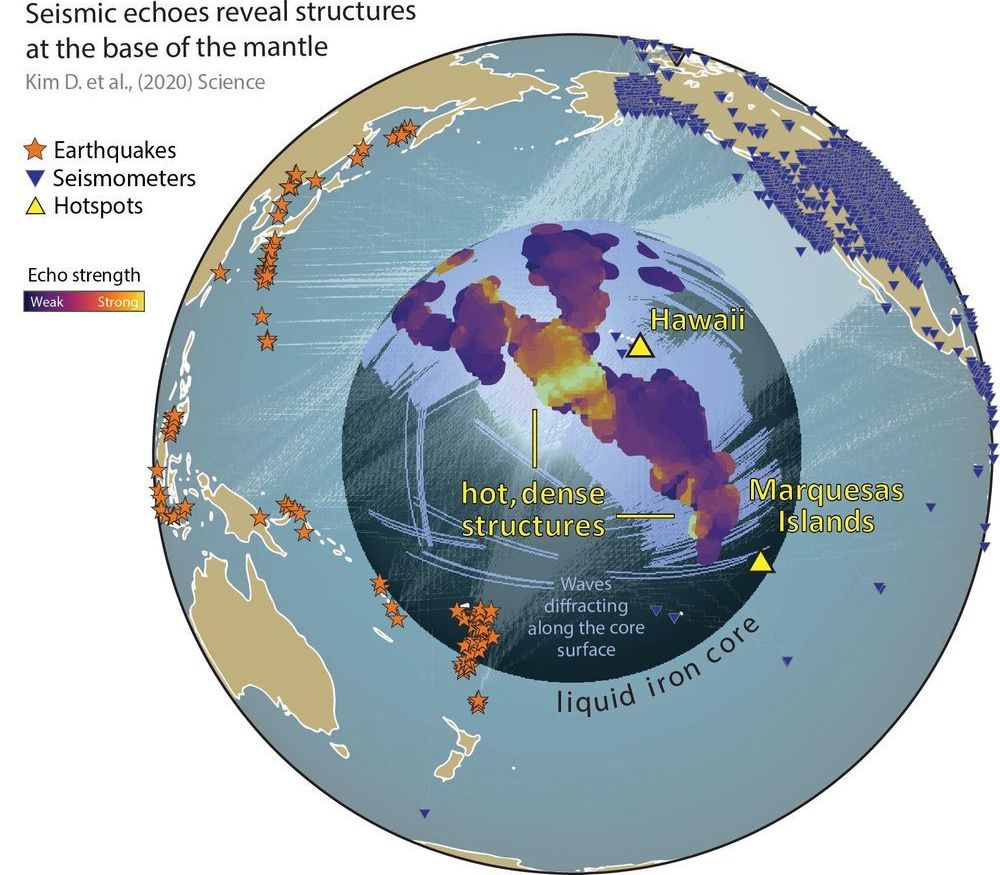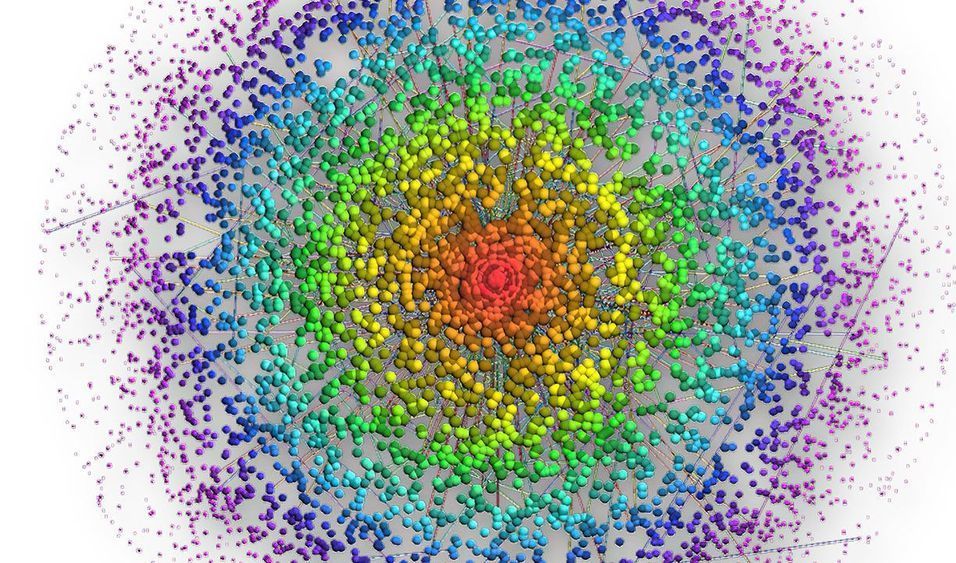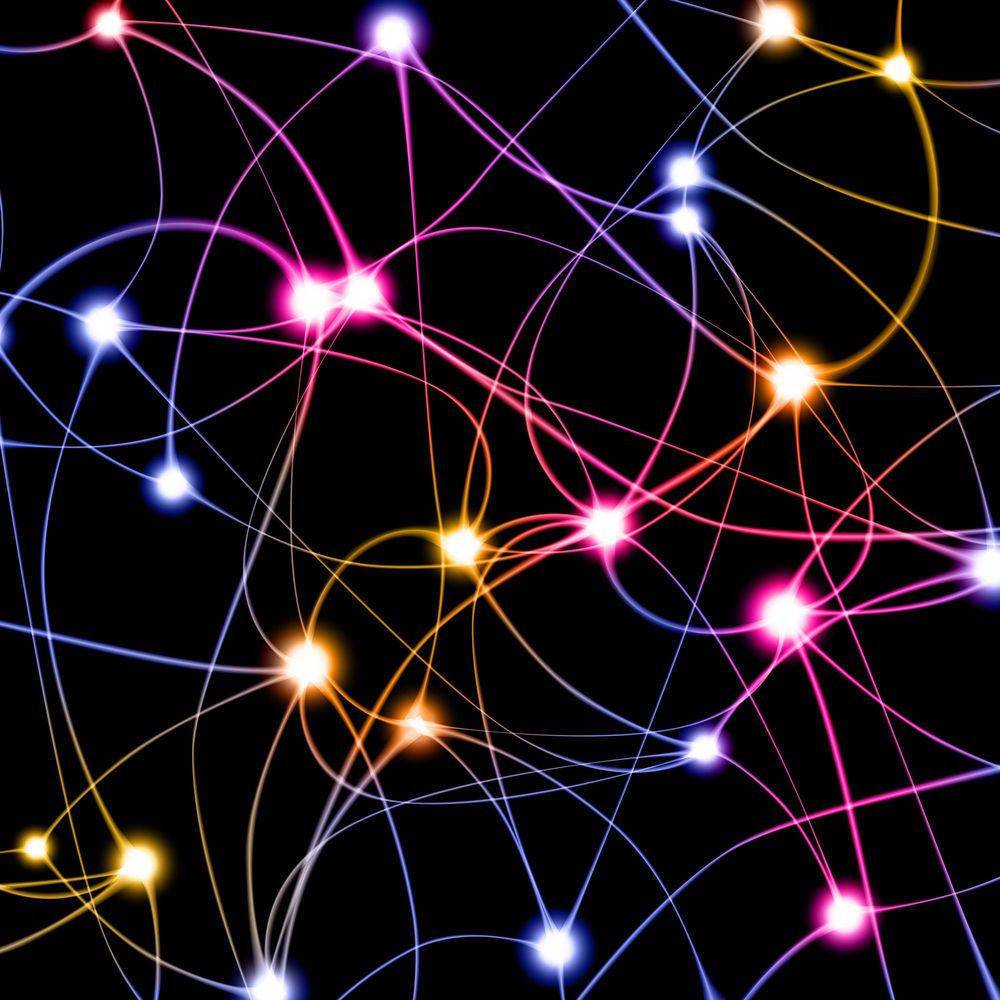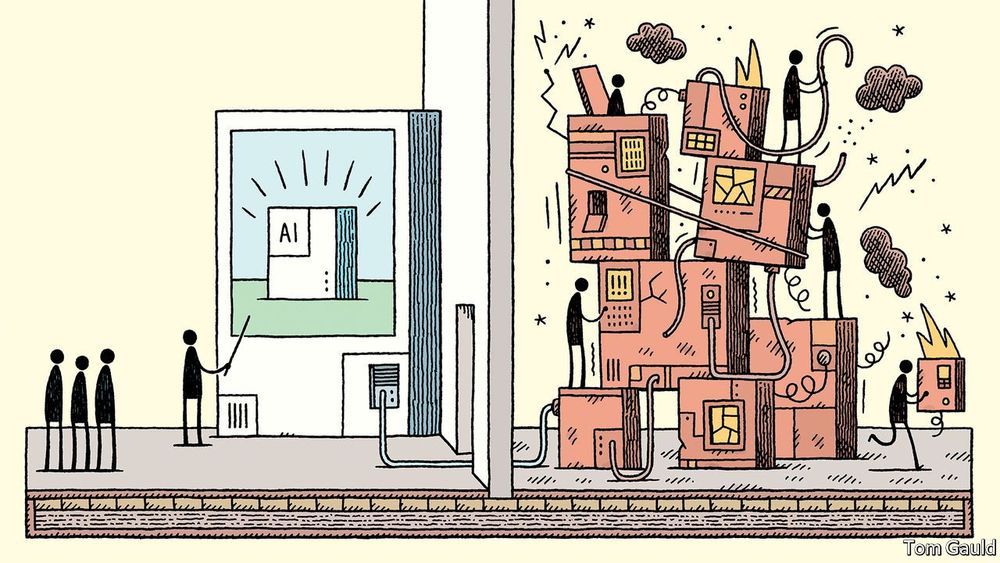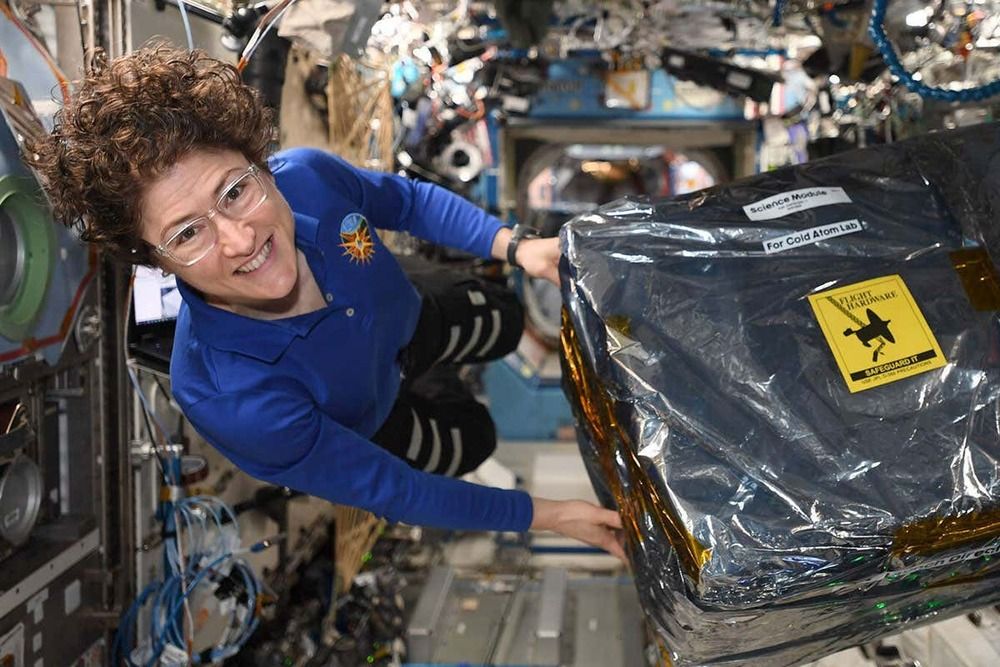Jun 12, 2020
SpaceX aims to send the first crew to Mars aboard Starship in 2024
Posted by Genevieve Klien in categories: Elon Musk, space travel
SpaceX is developing a massive stainless-steel Starship that will one day take one hundred passengers to Mars. The company aims to launch the fist Starship with cargo by 2022 and targets 2024 for the first crewed voyage to Mars. The first mission to Mars will consist of taking over 100 tons of cargo humans will need to survive on the rough Martian environment. Vital things like Oxygen and food will be transported to Mars first, so, when the first astronauts arrive, they will have more survival resources. Then, the second mission will transport the first humans to the Red Planet.
Yes— Elon Musk (@elonmusk) June 5, 2020

